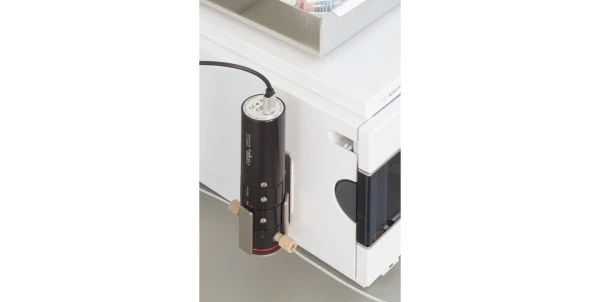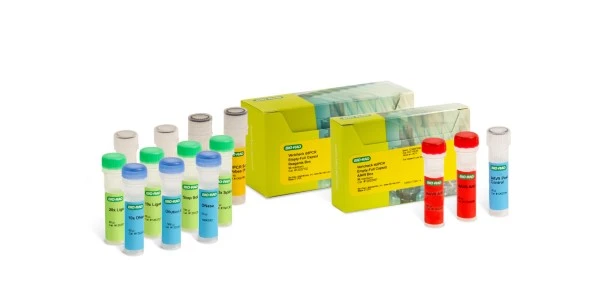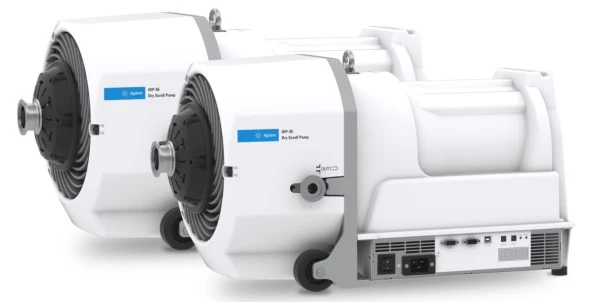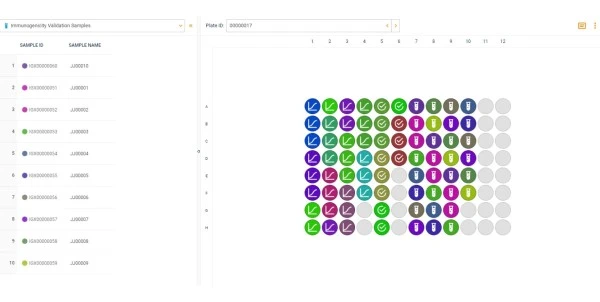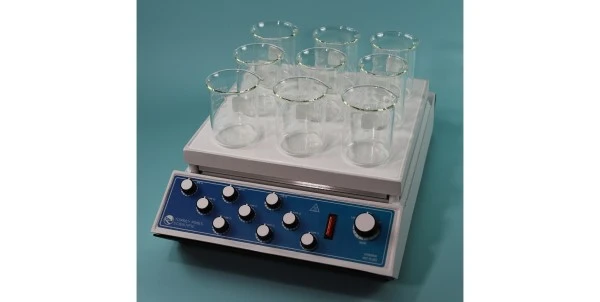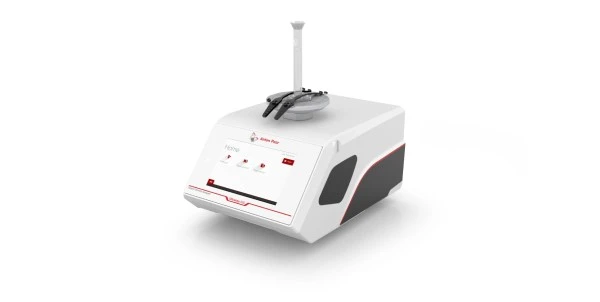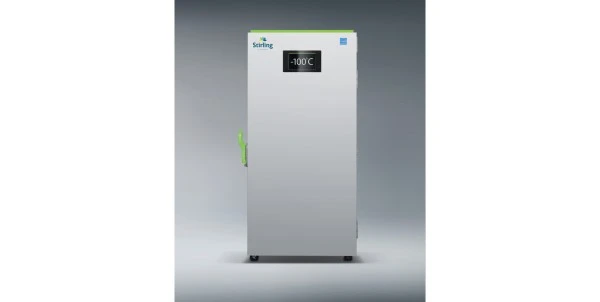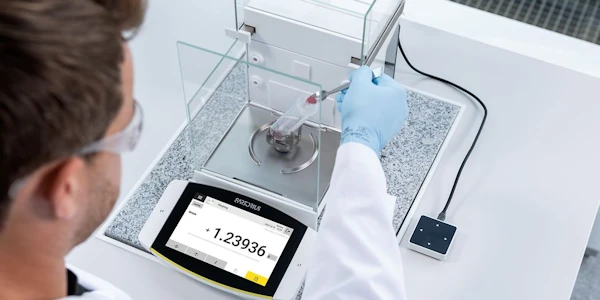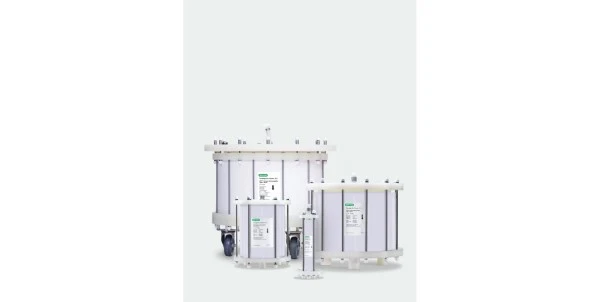
The Best Spectrophotometers: A Buyer's Review of Price and Features
Choosing the right spectrophotometer is essential for obtaining accurate and reliable analytical results in your laboratory. Spectrophotometers are fundamental tools for measuring the absorbance or transmittance of light through samples, crucial for applications in chemistry, biology, environmental science, and more. This guide provides an overview of different types of spectrophotometers, their technical specifications, and key features to consider, helping you balance price and performance in your selection. UV-Vis (Ultraviolet-Visible) spectrophotometers measure light absorbance in the UV and visible regions of the spectrum, typically from 190 nm to 1100 nm. These instruments are widely used for applications such as nucleic acid and protein quantification, chemical analysis, and quality control in various industries. Visible spectrophotometers focus on the visible spectrum, typically from 340 nm to 700 nm. They are suitable for colorimetric assays, quality control of dyes and pigments, and educational purposes where UV range measurements are not required. IR spectrophotometers measure absorbance in the infrared region of the spectrum. They are used for studying molecular vibrations and identifying functional groups in organic and inorganic compounds. Applications include material science, pharmaceuticals, and environmental monitoring. Fluorescence spectrophotometers measure the intensity of fluorescent light emitted by a sample after excitation by a specific wavelength. These instruments are used for sensitive detection and quantification of biomolecules, cell viability assays, and environmental analysis. Microplate readers are specialized spectrophotometers designed for high-throughput screening using microplates. They are essential in drug discovery, enzyme assays, and other applications where multiple samples need to be analyzed simultaneously. Microplate readers can measure absorbance, fluorescence, and luminescence. The wavelength range and accuracy are critical for ensuring the spectrophotometer meets your analytical needs. Ensure the instrument covers the required spectral range with high wavelength accuracy for reliable and reproducible results. High sensitivity and low detection limits are important for detecting low-abundance analytes and obtaining precise measurements. Look for spectrophotometers with advanced detectors and optical components that enhance sensitivity. Resolution and spectral bandwidth affect the ability to distinguish between closely spaced absorption peaks. Higher resolution and narrower bandwidth provide better peak separation and more detailed spectral information. User-friendly software with robust data analysis capabilities is essential for interpreting spectrophotometric data. Look for systems that offer comprehensive software packages, including features for spectral comparison, peak identification, and quantitative analysis. Consider the sample handling capabilities and throughput requirements of your laboratory. Features such as auto-samplers, multi-cell holders, and microplate compatibility can enhance efficiency and streamline workflows. For field applications or laboratories with limited space, consider portable or benchtop spectrophotometers that are easy to operate. Systems with intuitive interfaces and straightforward operation can reduce training time and increase productivity. Evaluate the ease of maintenance and availability of technical support. Spectrophotometers with durable components, clear maintenance protocols, and accessible customer support ensure long-term reliability and minimize downtime. Model Type Price UV-Vis-NIR
Spectrophotometer Please Inquire UV-Vis-NIR
Spectrophotometer Please Inquire UV-Vis
Spectrophotometer Please Inquire UV-Vis
Spectrophotometer Please Inquire UV-Vis-NIR
Spectrophotometer €22,968.00 EUR UV-Vis
Spectrophotometer $5,700.00 -
$7,000.00 (used) UV-Vis
Spectrophotometer $7,500.00 (used) UV-Vis
Spectrophotometer $5,900.00 (used) UV-Vis
Spectrophotometer Please Inquire UV-Vis
Spectrophotometer $4,000.00 (used)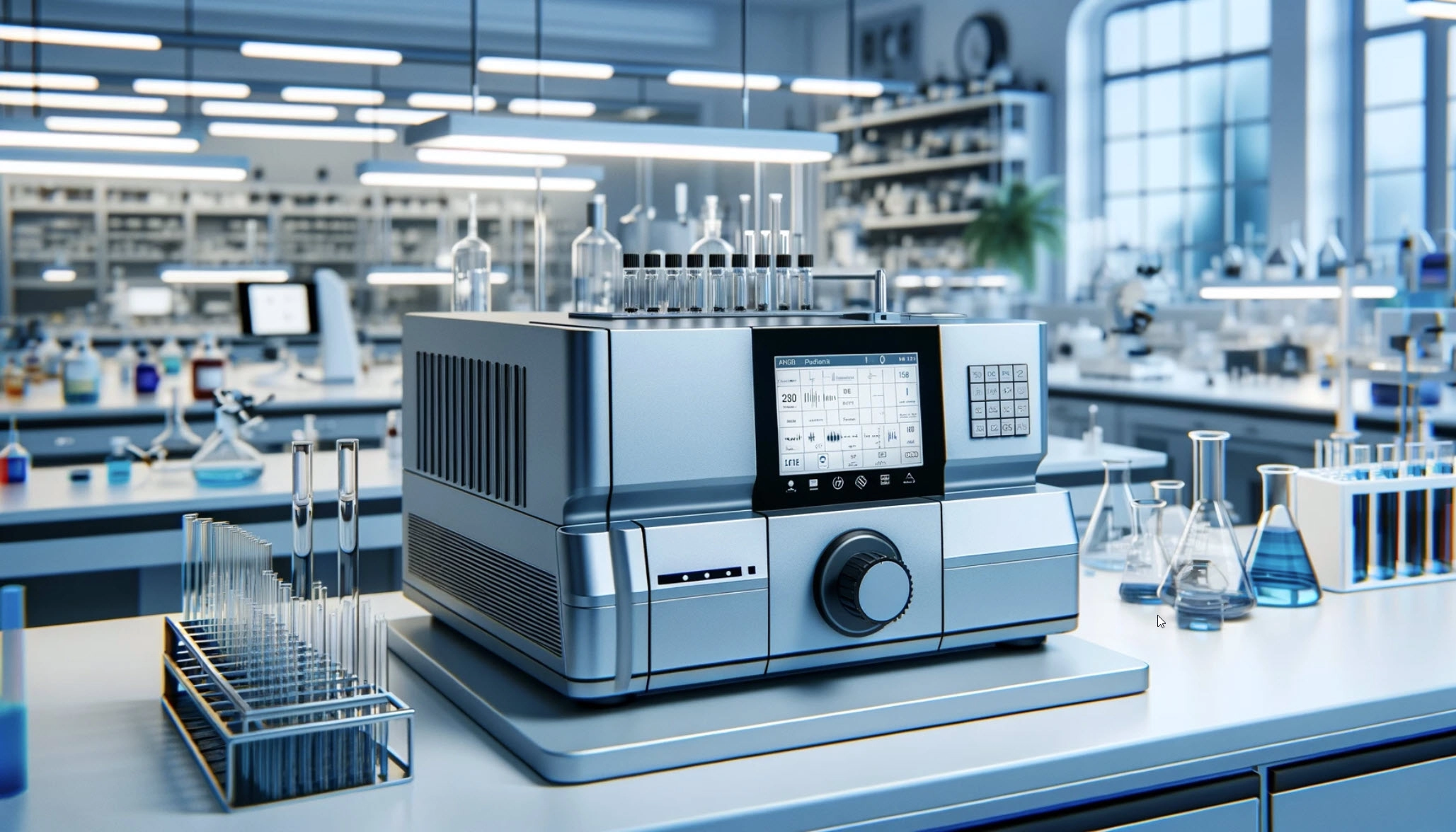
Technical Specifications and Ease of Use Often Determines What Type of Spectrophotometer Offers the Best Value for the Best Price
Types of Spectrophotometers
1. UV-Vis Spectrophotometers
2. Visible Spectrophotometers
3. Infrared (IR) Spectrophotometers
4. Fluorescence Spectrophotometers
5. Microplate Readers
Key Features to Consider When Buying Spectrophotometers
1. Wavelength Range and Accuracy
2. Sensitivity and Detection Limits
3. Resolution and Bandwidth
4. Software and Data Analysis
5. Sample Handling and Throughput
6. Portability and Ease of Use
7. Maintenance and Support
Laboratory Spectrophotometer Price Guide
Spectrophotometer Pricing for New, Used, and Refurbished Equipment on LabX.com
View all Spectrophotometer Listings on LabX.com
